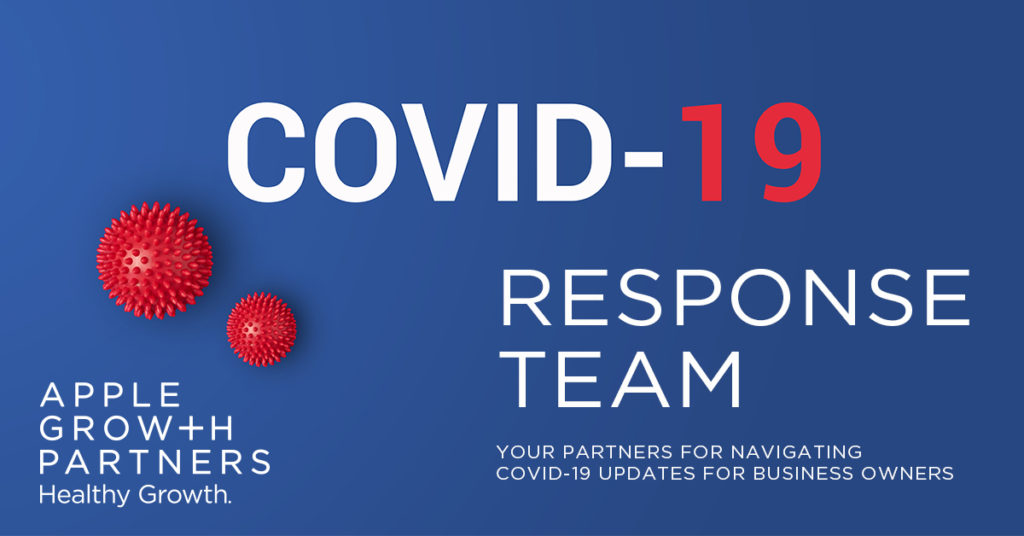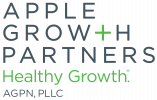
By Kathy Davis and Robert Jackson, CPA
The SBA has released the application for the Second Draw PPP loan, SBA Form 2483-SD. This second round is intended for those recipients that have experienced a significant decline in revenues in 2020. This round also offers further benefits to those in the restaurant industry, hotels and others in the accommodation and food industries (NAICS code 72).
These funds are to be used to retain workers and maintain payroll, or make payments for mortgage interest, rent, utilities, as well as for four new categories of costs, including covered operations expenditures, covered property damage costs, covered supplier costs and covered worker protection expenditures.
Additionally, the Economic Aid Act makes first-draw loans available to borrowers that were in operation on 2/15/20 and meet certain other criteria. They have revised the original SBA Form 2483.
Who is eligible for a Second Draw PPP Loan?
- The borrower must have experienced a revenue reduction of 25% or greater in a quarter in 2020 relative to the same quarter in 2019.
- Employs no more than 300 total employees (and for NAICS code 72 employers the limit is per location).
- Affiliation rules apply to the employee limit and revenue calculations noted above
- Must be in operation on 2/15/2020 and have not permanently closed.
- The borrower was eligible for and has received a First Draw PPP, and before the Second Draw PPP is disbursed, will have used the full loan amount of the First Draw PPP only for eligible expenses.
- Other ineligible entities include:
- Those listed in 13 C.F.R. 120.110 and subsequent regulations except for entities from that regulation which have otherwise been made eligible by statute or guidance, and except for nonprofits and religious organizations.
- Entities involved in political and lobbying activities including engaging in advocacy in areas such as public policy or political strategy or otherwise describes itself as a think tank in any public document.
- Entities affiliated with entities in the People’s Republic of China (generally a 20% or more interest owned by a Chinese company); registrants under the Foreign Agents Registration Act.
- Entities that receive a grant under the Shuttered Venue Operator Grant program.
What is the maximum loan amount for a Second Draw PPP Loan?
The maximum loan amount is generally equal to the lesser of 2 ½ months of the borrower’s average monthly payroll costs or $2,000,000, and single corporate groups are limited to no more than $4,000,000 total. The payroll costs to be used in the average month computation may be based on either the twelve-month period prior to when the loan is made or calendar year 2019 or calendar year 2020. For businesses that used NAICS code 72 on their last filed federal income tax return, the maximum loan amount is computed using 3 ½ months (instead of 2 ½ months), but the maximum is still limited to $2,000,000. Special rules apply for entities in business on 2/15/2020 but not in business on 2/15/2019.
What documents will be required?
- Relevant documentation of payroll costs adjusted for any limitations such as the $100,000 cap on employees. This is the same type documentation submitted for the first draw but for the 2020 or 2019 period selected. This would include:
- 941’s, 940’s, state unemployment, payroll summary of employee wages.
- Lists of retirement, employee health, life, disability, vision, and dental insurance costs
- Partnerships Form 1065 K-1’s
- Self Employed would include Schedule C
- All will need to establish that the borrower was in operation on or around 2/15/20, such as a bank statement, payroll statement, etc.
- Additionally, if the borrower used calendar year 2019 for their first PPP loan application and they are using the same lender, the borrower will not be required to submit the documentation again to support the payroll costs if they choose to use the same calculation for the second draw loan unless the lender requests additional documentation.
- Documentation to support reduction in gross receipts (generally under the borrower’s tax method of reporting). This could include quarterly income statement comparisons. Gross receipts include all revenues from whatever source that would be reported for tax purposes, including sale of products or services, interest, dividends, rents, royalties, fees, or commissions, and are net of returns and allowances. It excludes net capital gains or losses. There are other special rules that apply in determining gross receipts.
- Although borrowers for loans less than $150,000 do not have to submit information supporting the decline in receipts at date of application, they will when they submit the loan forgiveness application.
What’s next?
Community Financial Institutions can begin to make first-time PPP loans on January 11th, 2021 and can begin to make SECOND DRAW loans on January 13th.
A “Community Financial Institution” is defined as one of the following:
- Community Financial Development Institution (CDFI)
- Minority Depository Institution (MDI)
- Community Development Corporation (CDC)
- Microlender Intermediary
Then, the PPP will open to all participating lenders at an unspecified date, (possibly later this week) and be open until March 31st.
DOWNLOAD: Second Draw Borrower Application Form
Contact your AGP team for any assistance needed.
Apple Growth Partners’ published material provides general coverage of its subject area and is presented to the reader for educational purposes based on the most current regulatory information available at the time it was written. All communications, whether written or oral should be reaffirmed prior to the submission of any application. All information in this published material and on our website is provided in good faith; however, we make no representation or warranty of any kind, express or implied, regarding the accuracy, adequacy, validity, reliability, availability, compliance with any law (federal, state or local) or professional standard or completeness of any information. We assume no responsibility to any recipient of this material to correct or update its contents for any reason, including changes in any law or professional standard. It is not intended to be audit, tax, accounting, advisory, consulting or investment advice. The information in this article is also not a substitute for legal advice and may not be suitable in a particular situation. Consult your attorney for legal advice.
Our articles, other published materials and website occasionally contain links to other web pages. Links to organizations and government agencies are provided as a convenience to our readers. The firm does not endorse and is not responsible for any third-party content that may be accessed from its website and does not recommend or endorse the use of any third-party’s services. The links are to be accessed at the user’s own risk, and the authors of this website make no representations or warranties about the content of these links.

